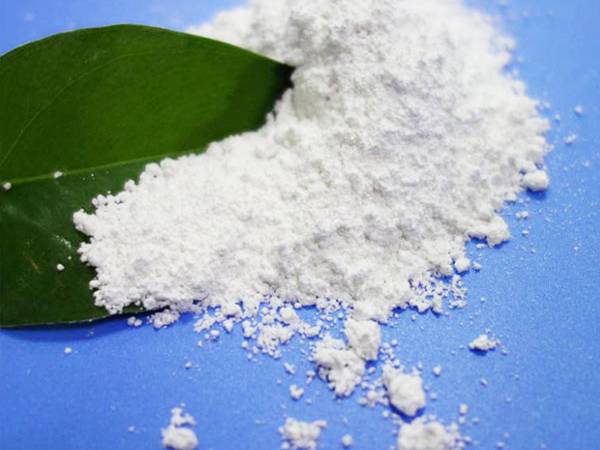



chlorine dioxide chlorite
The Chemistry and Applications of Chlorine Dioxide and Chlorite
Chlorine dioxide (ClO2) and its related compound, chlorite (ClO2−), have garnered significant attention in the fields of chemistry and environmental science due to their unique properties and versatile applications. Understanding their chemistry, functions, and uses can provide critical insights into their potential benefits and concerns.
Chemical Properties
Chlorine dioxide is a yellowish gas at room temperature, soluble in water, and serves as a powerful oxidizing agent. Its molecular structure consists of a chlorine atom bonded to two oxygen atoms, which gives it a distinctive reactivity profile compared to other chlorine compounds. Chlorite ions, on the other hand, are derived from chlorine dioxide. When ClO2 dissolves in water, it can form chlorite, indicating its role as a reactive intermediate in many chemical processes.
One of the intriguing characteristics of chlorine dioxide is its ability to break down organic molecules and eliminate pathogens effectively. This ability stems from its strong oxidation potential, which allows it to disrupt cellular structures and functions in microorganisms, making it an effective disinfectant. This property is harnessed in various applications, from water treatment to industrial sanitation.
Applications in Water Treatment
One of the primary uses of chlorine dioxide is in the disinfection of drinking water. Water treatment facilities often use chlorine dioxide to kill bacteria, viruses, and protozoa without generating harmful byproducts, unlike traditional chlorine disinfection methods, which can create trihalomethanes and other potentially hazardous compounds. Chlorine dioxide is particularly valuable in treating water for human consumption and in industrial processes due to its efficacy at low concentrations.
Furthermore, its high solubility in water and stability under different pH conditions make it suitable for use in various water treatment scenarios, including municipal systems, cooling towers, and food processing plants. When employed for disinfection, chlorine dioxide can also help control biofilm formation, which is crucial for maintaining the integrity and safety of water infrastructure.
chlorine dioxide chlorite

Industrial Uses
Beyond water treatment, chlorine dioxide has found numerous applications across various industries. In the pulp and paper industry, for example, it is used as a bleaching agent, providing a bright, white product without the harmful effects of traditional chlorine-bleaching agents. This reduces environmental pollution associated with chlorine use, showcasing chlorine dioxide’s dual role as both an effective reagent and a more environmentally friendly alternative.
Chlorine dioxide is also utilized in food safety, particularly in rinsing fruits and vegetables to reduce pathogen load and increase shelf life. Additionally, its use in disinfection processes extends to hospitals and laboratories, where maintaining sterile conditions is essential.
Safety and Environmental Considerations
While chlorine dioxide and chlorite offer many benefits, it is important to approach their use with caution. Chlorine dioxide is considered hazardous in concentrated forms, presenting risks if inhaled or ingested, which necessitates careful handling and specific regulatory controls. Consequently, organizations must balance the benefits of using chlorine dioxide in disinfection with measures ensuring safety for workers and consumers.
Environmental impacts must also be evaluated. Although chlorine dioxide generates fewer harmful byproducts than other disinfection methods, its production, use, and disposal must all comply with environmental regulations to prevent contamination and adverse effects on ecosystems.
Conclusion
In summary, chlorine dioxide and chlorite are remarkable chemical compounds with significant utility in various applications, from water treatment to industrial manufacturing. Their potent oxidizing properties make them ideal for disinfection and sanitation processes that prioritize efficiency and safety. However, it is crucial to consider their potential hazards and impacts on human health and the environment. As research continues to advance in this arena, it is likely that newer applications and safer use scenarios will be developed, enhancing the role of chlorine dioxide and chlorite in sustainable practices.
-
Why Sodium Persulfate Is Everywhere NowNewsJul.07,2025
-
Why Polyacrylamide Is in High DemandNewsJul.07,2025
-
Understanding Paint Chemicals and Their ApplicationsNewsJul.07,2025
-
Smart Use Of Mining ChemicalsNewsJul.07,2025
-
Practical Uses of Potassium MonopersulfateNewsJul.07,2025
-
Agrochemicals In Real FarmingNewsJul.07,2025
-
Sodium Chlorite Hot UsesNewsJul.01,2025










